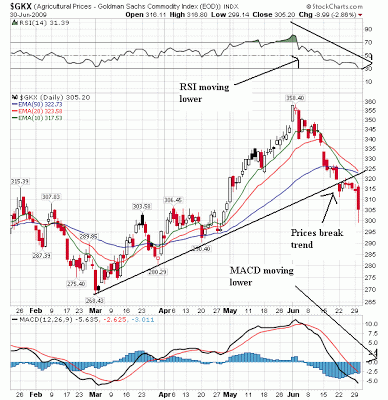Is Downward Spiral Heading for Market Timeout Stock Markets Blog
Post on: 5 Июль, 2015 No Comment

Is Downward Spiral Heading for U.S. Stock Market Timeout?
Thursday marked the anniversary of the stock market peak experienced in October 2007, and illustrating how volatile and unpredictable stock market trading has become, the Dow Jones industrial average plummeted to a level that has not been seen in the past five years. Despite the best efforts of world leaders to halt the global financial crisis — the latest being a cut in interest rates by the U.S.. U.K. China, Canada, Switzerland and Sweden — it appears to be unstoppable. Words such as “fear” and “panic” have crept into the everyday vocabulary of stock market players and the informed public.
Right up until 3 pm on Thursday, it seemed that Wall Street may have broken the downward spiral experienced each of the last six trading days. Then, in what is becoming an all too familiar scenario, an avalanche of selling started, continuing until the close of trading and leaving many casualties in its wake. The frantic activity led to the busiest day in the history of the New York Stock Exchange, leaving virtually no corner of the market unscathed. The Big Board reflected the fall of 1,754 stocks, with only 87 rising. The Dow dropped 7.3 percent, or 679 points, closing below the 9,000 point level for the first time in five years. In the past six trading days, the Dow has dropped by a total of 2,251 points, or 20.8 percent.
The reasons behind the new trend of late-in-the-day sell-offs are debatable, but the fact remains that the continued downward trend indicates a lack of confidence among investors. Many are skeptical of the potential effectiveness of the numerous unprecedented financial sector rescue measures taken by government authorities. Rather than being reassured by these measures, investors are concerned that the implementation of one, seemingly ineffective, rescue measure after another is a sign that the situation is even worse than authorities are disclosing.
As hair-raising as the downward spiral on the stock markets have been over recent days, they have not reached the point of triggering the “circuit-breaker” system that would result in an automatic trading timeout at major U.S. securities and futures exchanges. Following the stock market crash of the late 1980’s, the Big Board put in place a mechanism that, under certain circumstances, would automatically cause trading to stop, thereby forcing traders to take a break from selling. Thresholds are computed and specific point values established at the beginning of each quarter. Currently a fall of 1,100 points in the Dow Jones industrial average would trigger the circuit-breaker. If this occurs before 2 pm, the market would automatically shut down for the period of an hour, whereas if it occurs between 2 pm and 2:30 pm, the market timeout would last 30 minutes. If the threshold is breached after 2:30 pm, no trading timeout will take place. Different timeout periods apply in the event of a 2,200 point and a 3,350 point decline. Hopefully, the many measures being put into place to rescue the financial sector will ensure that U.S. markets never have to experience a circuit-breaking, trading timeout day.














